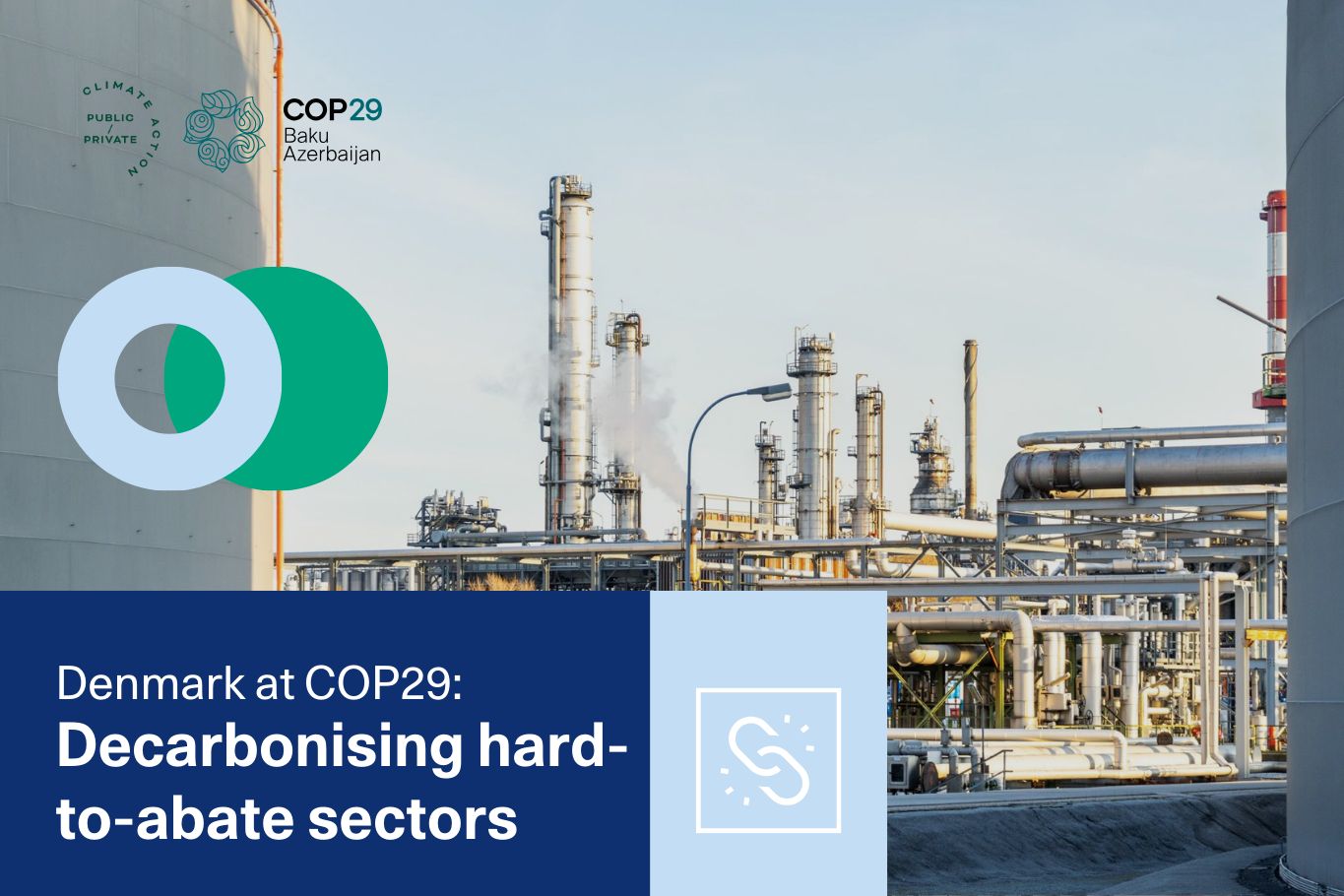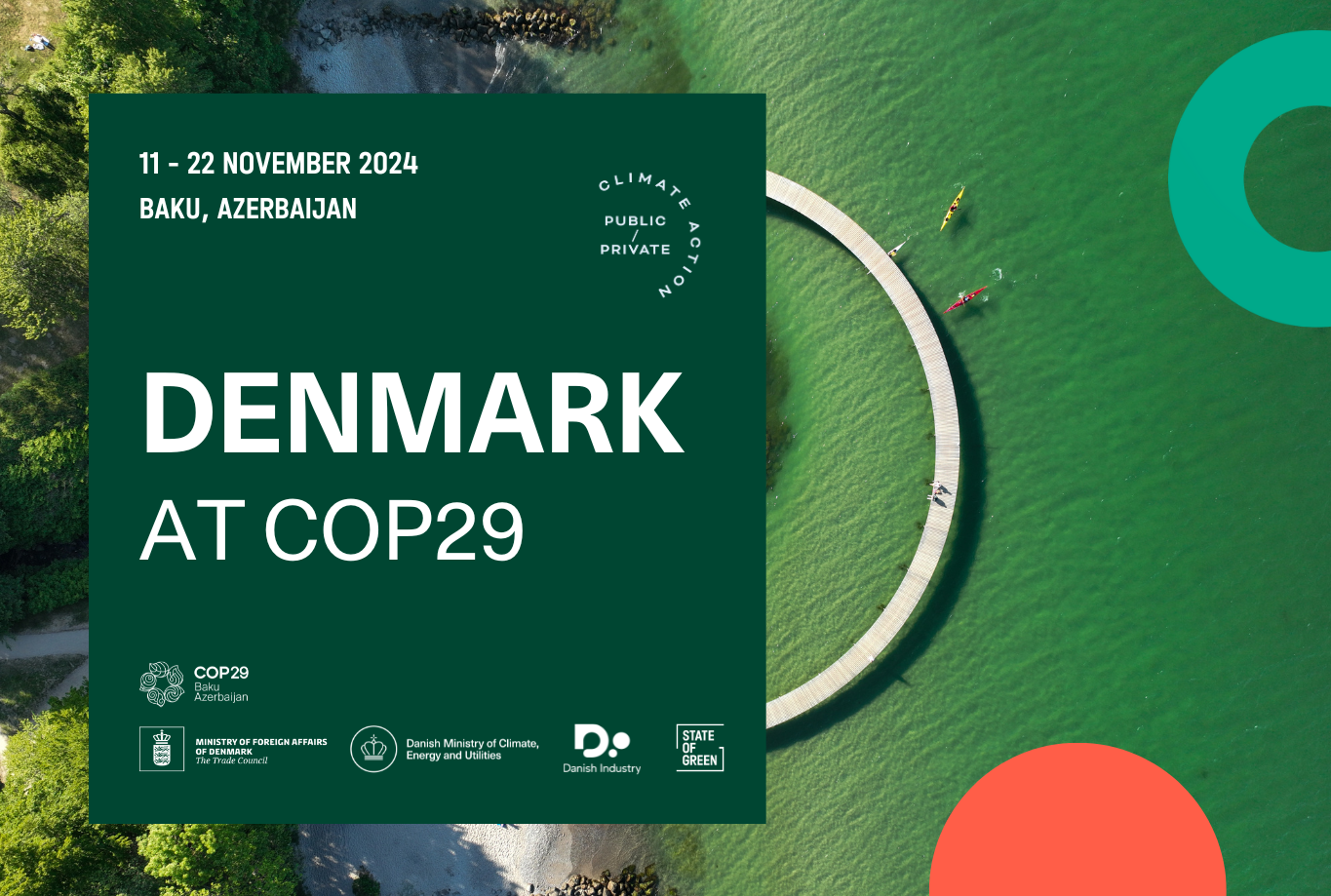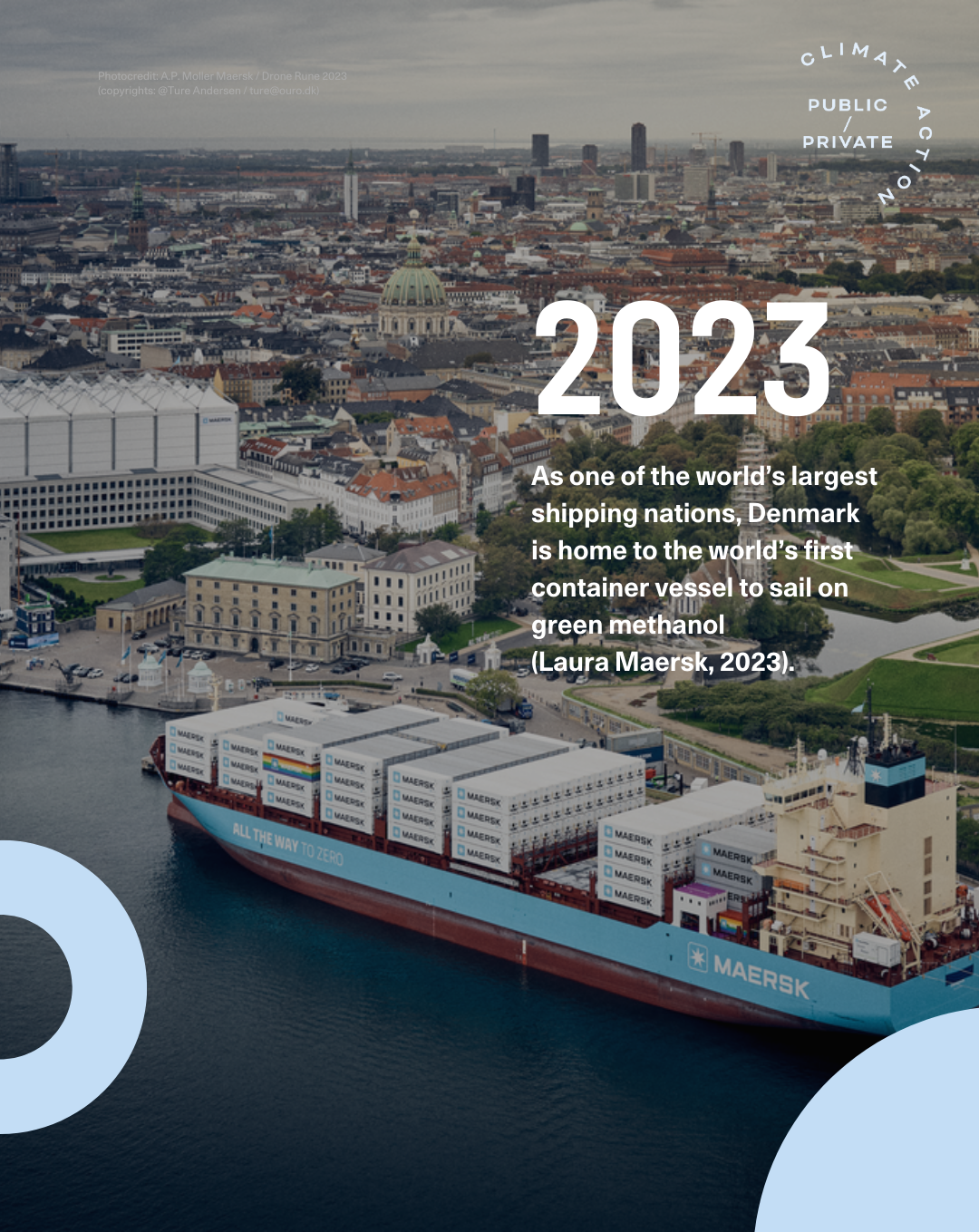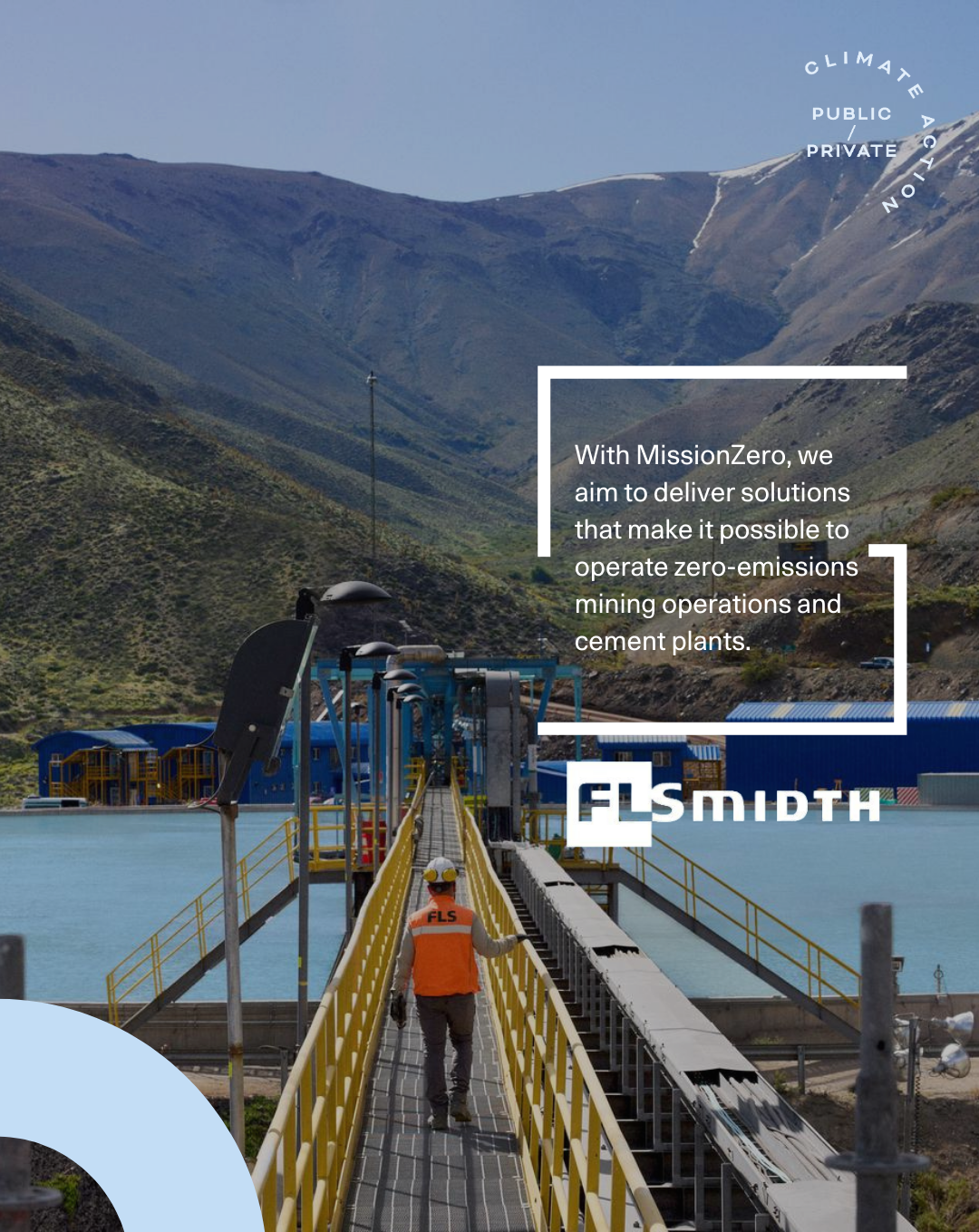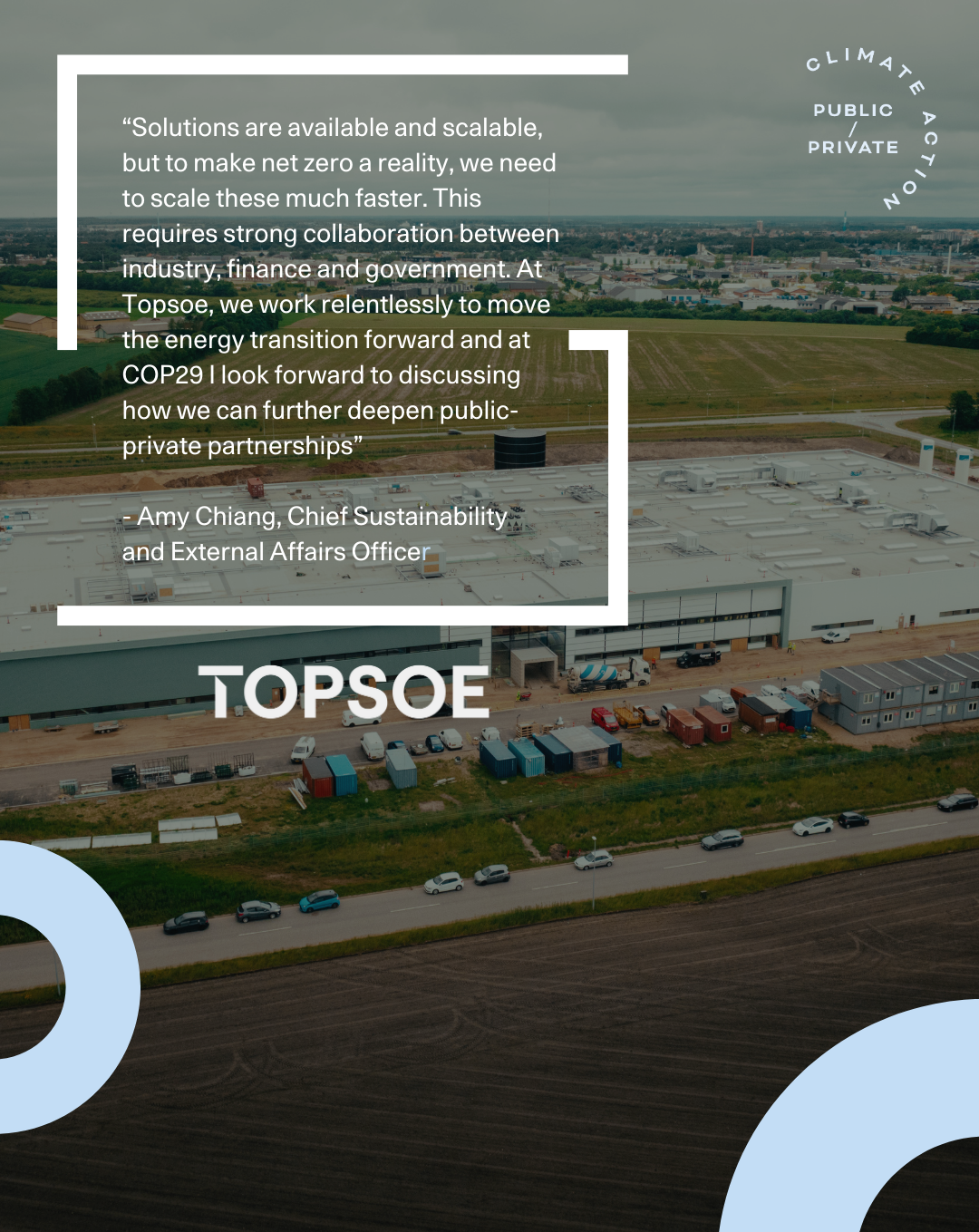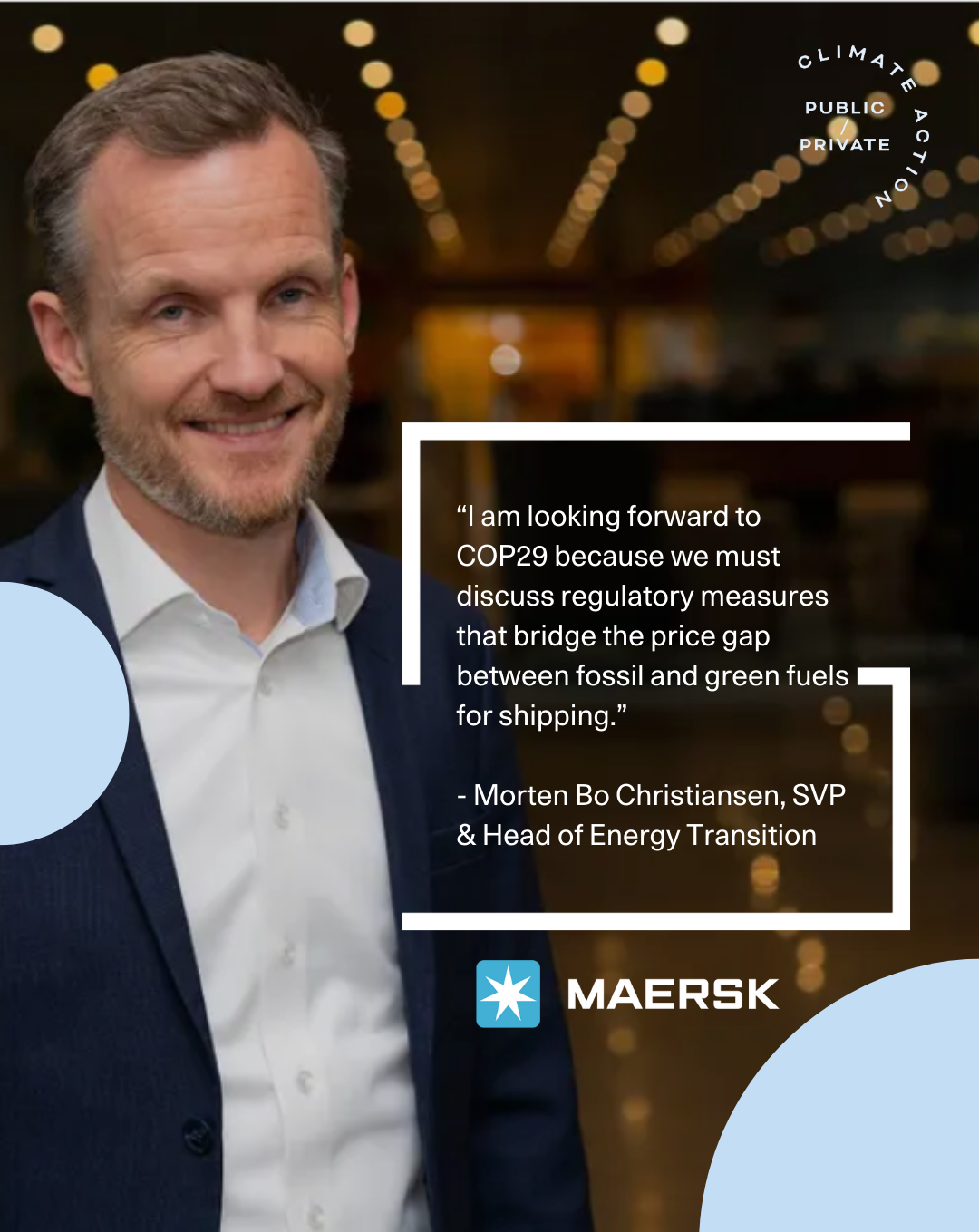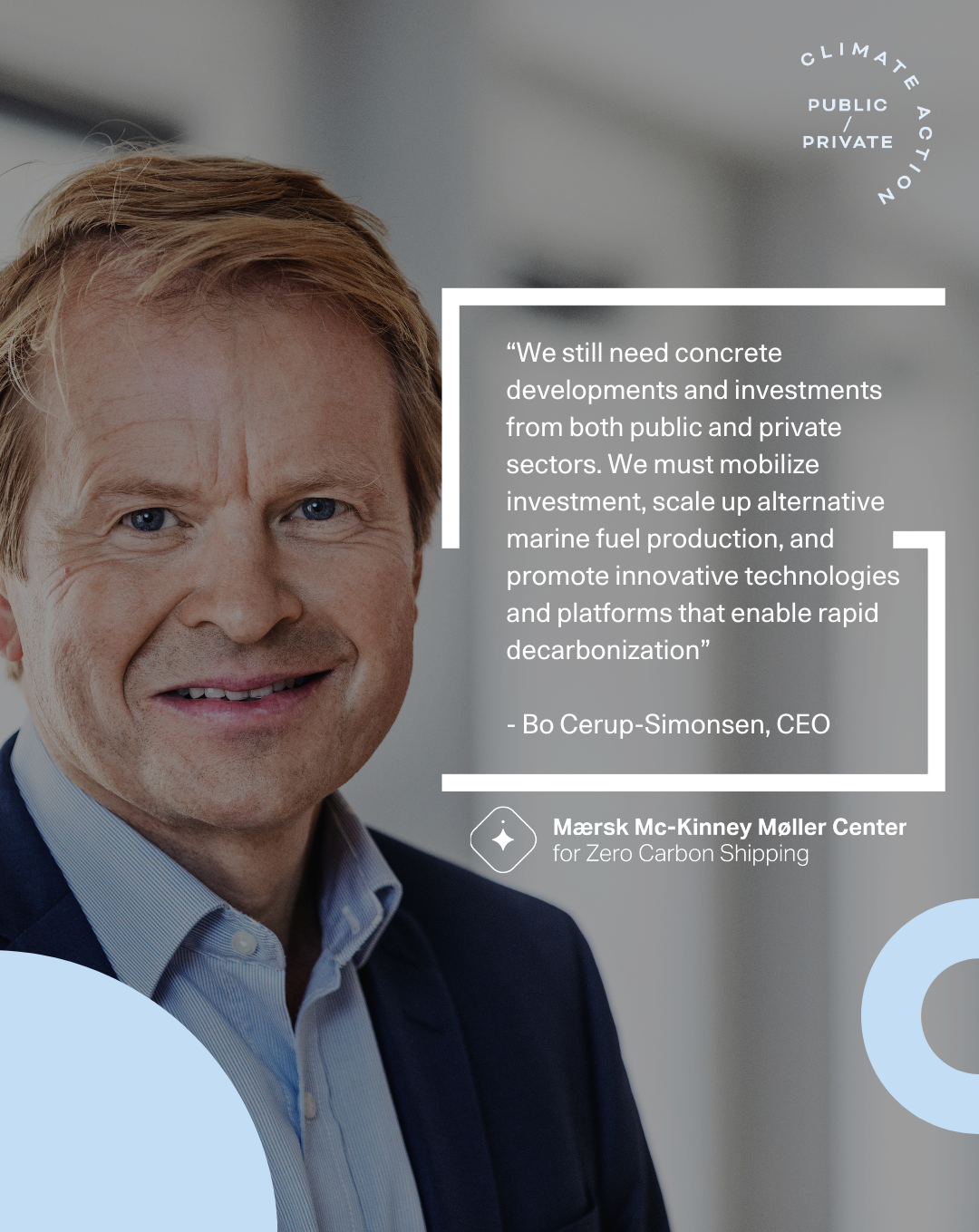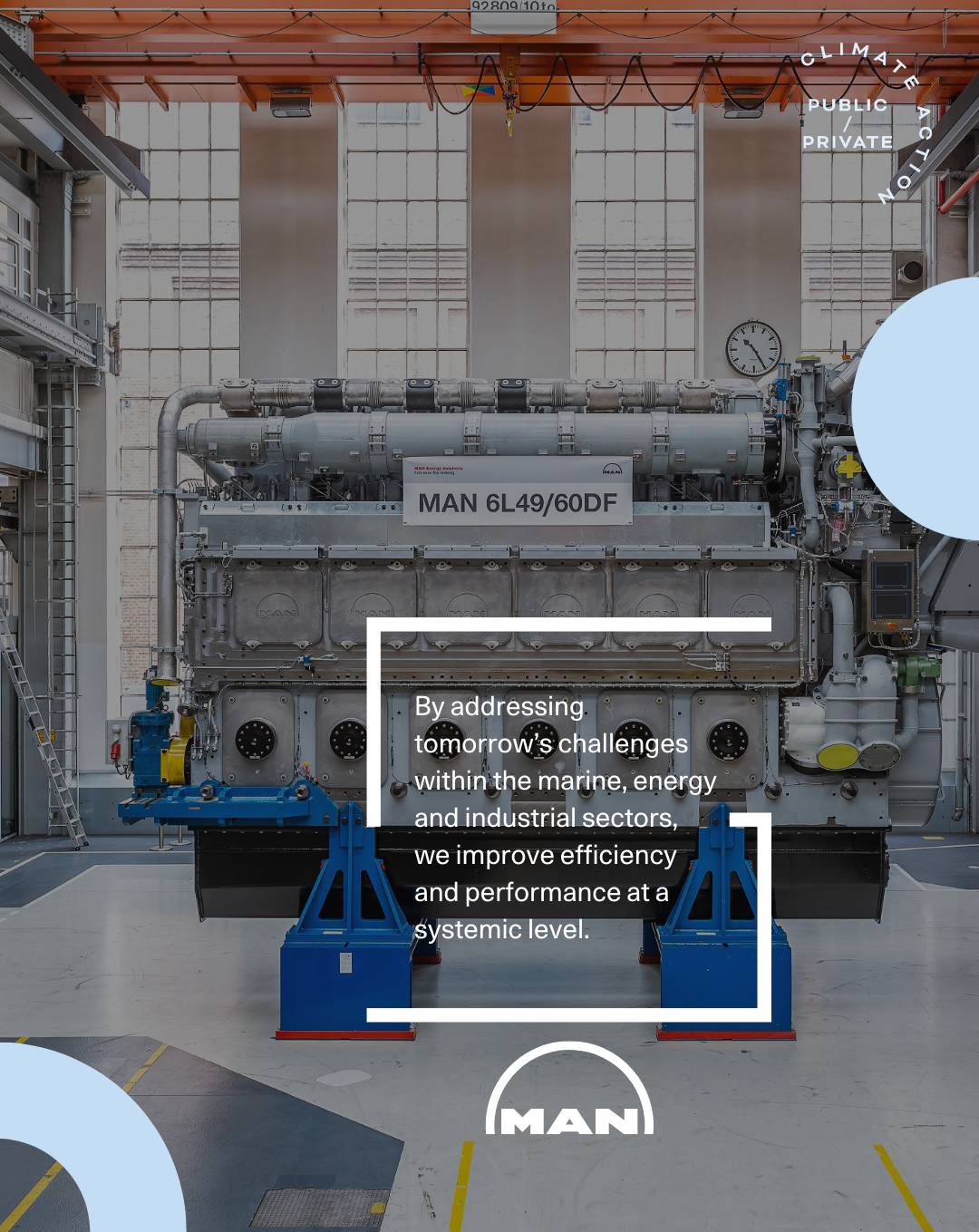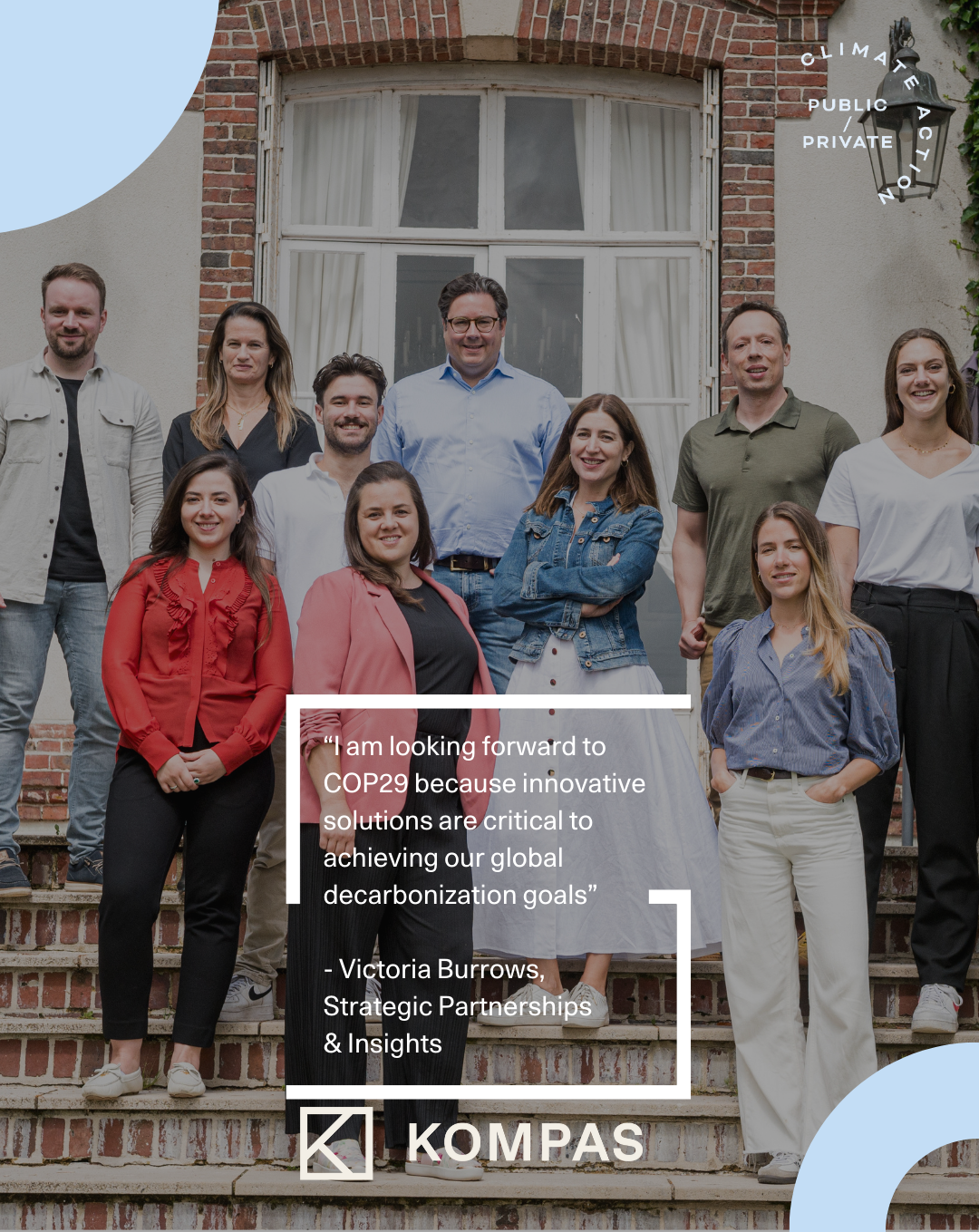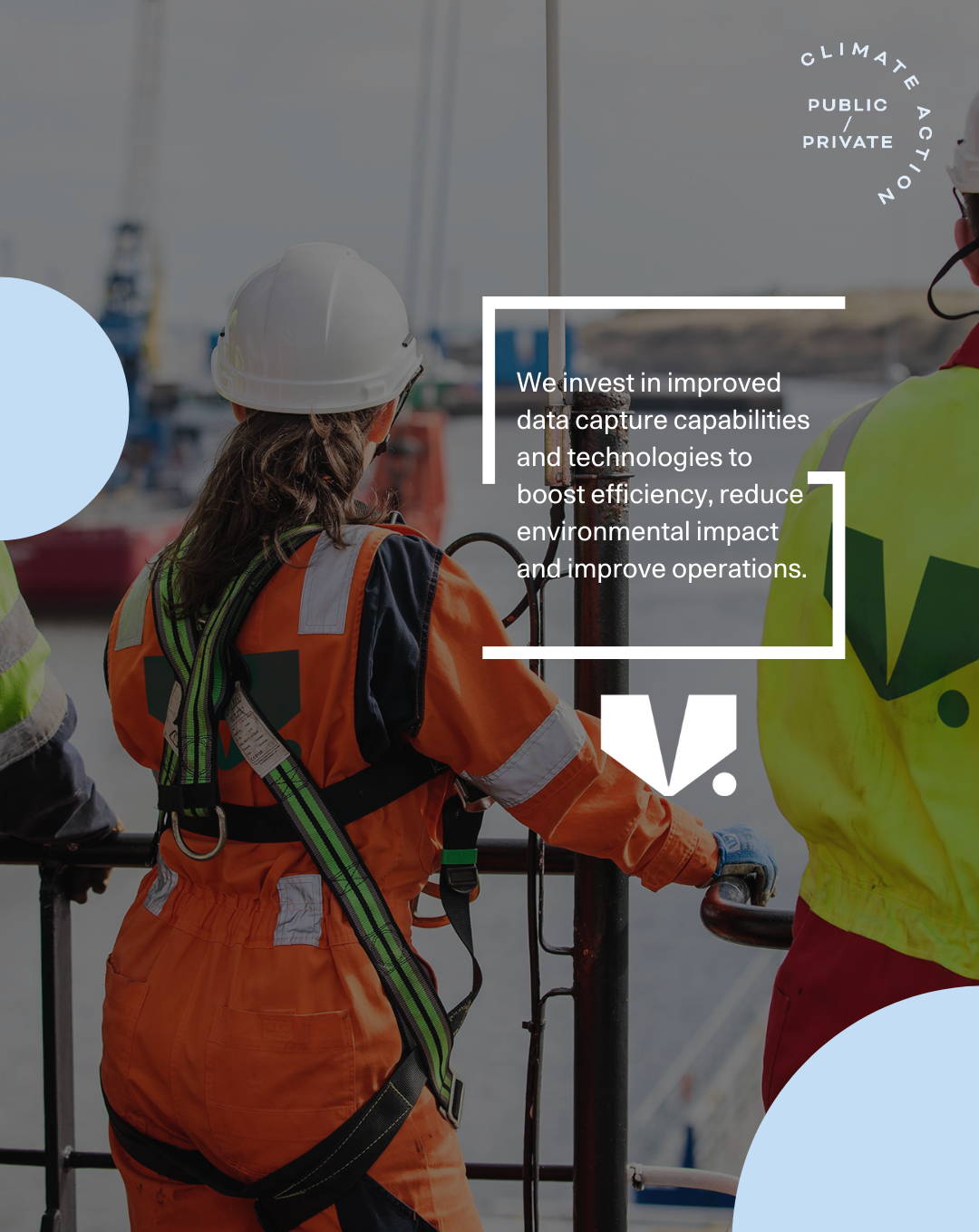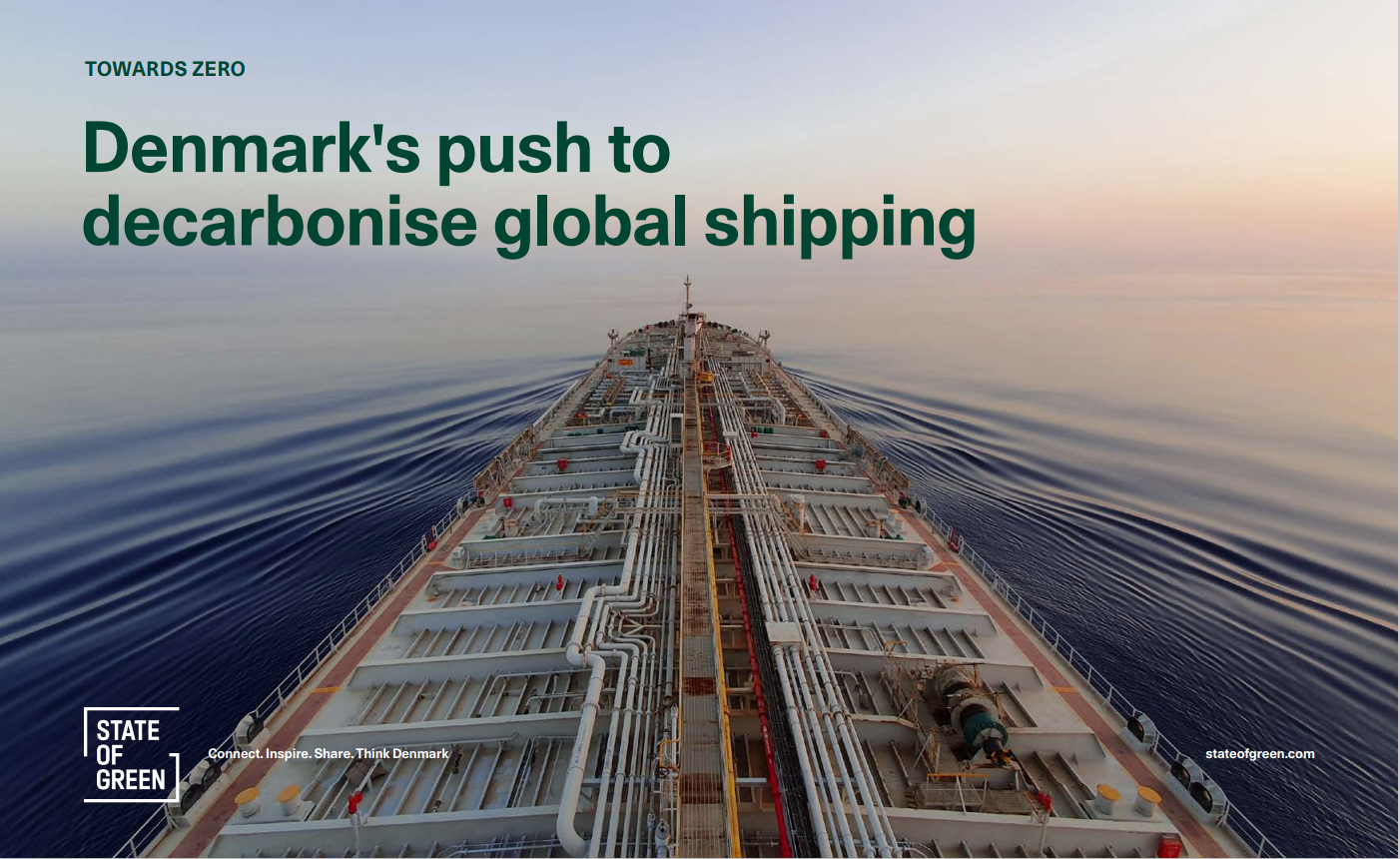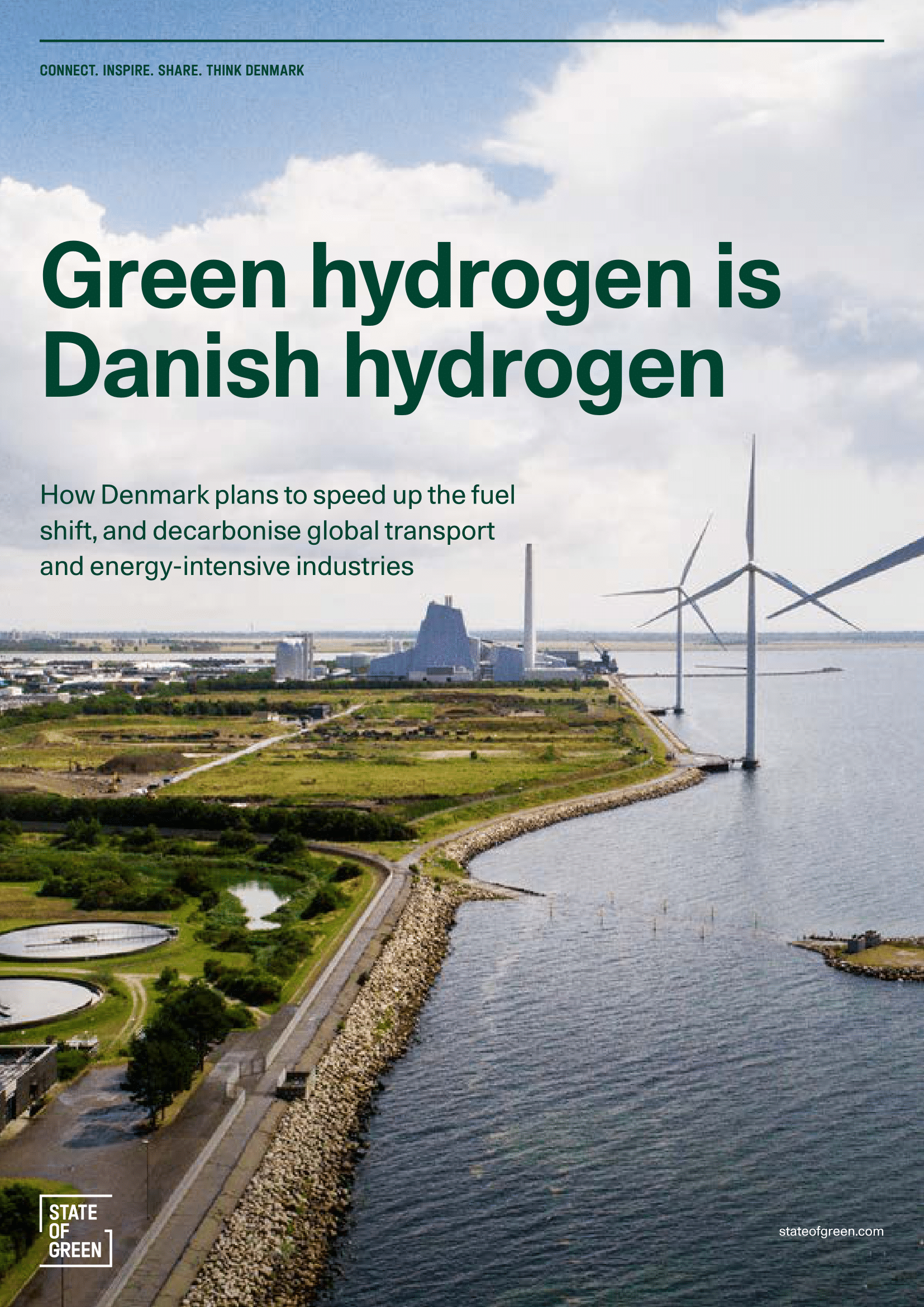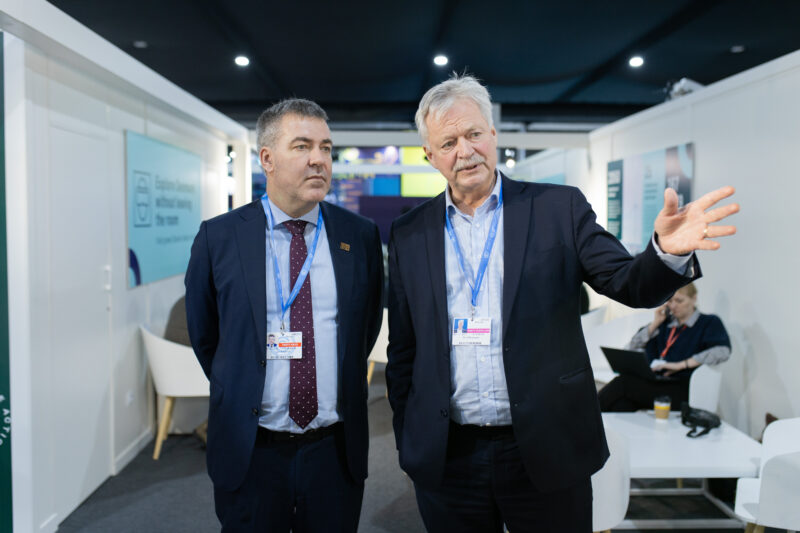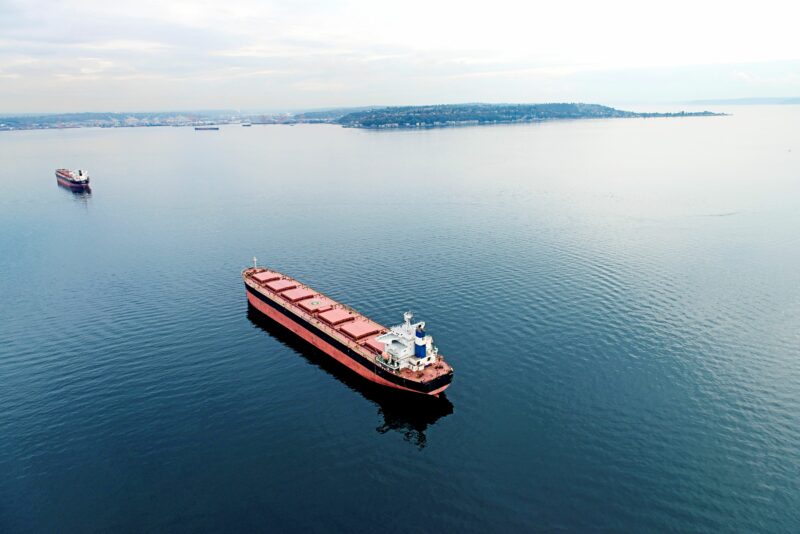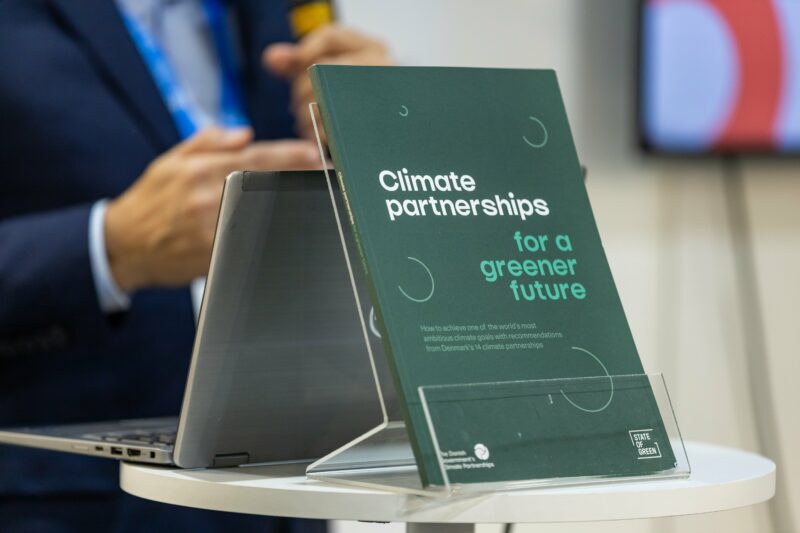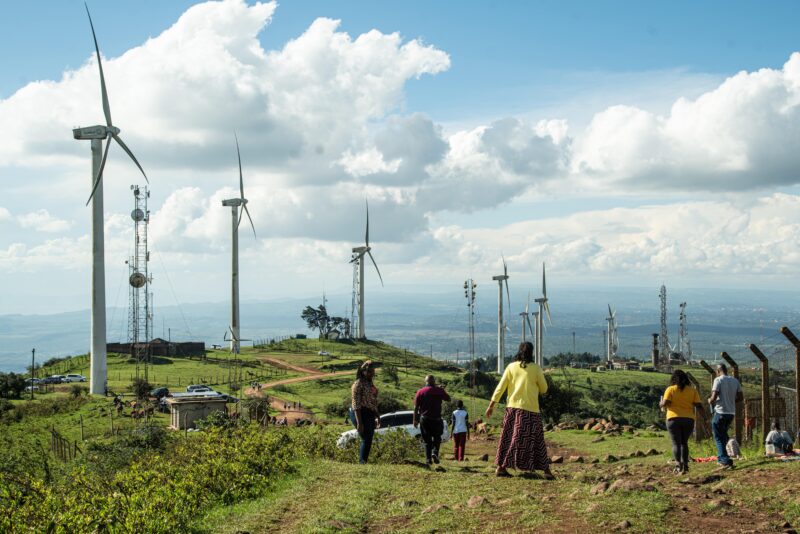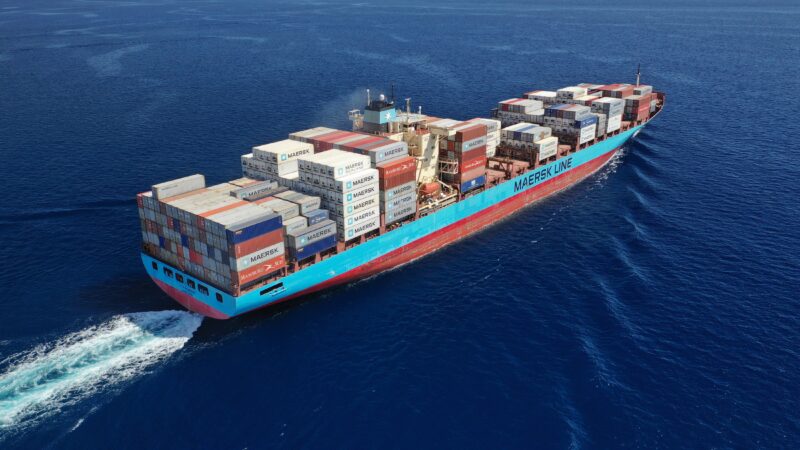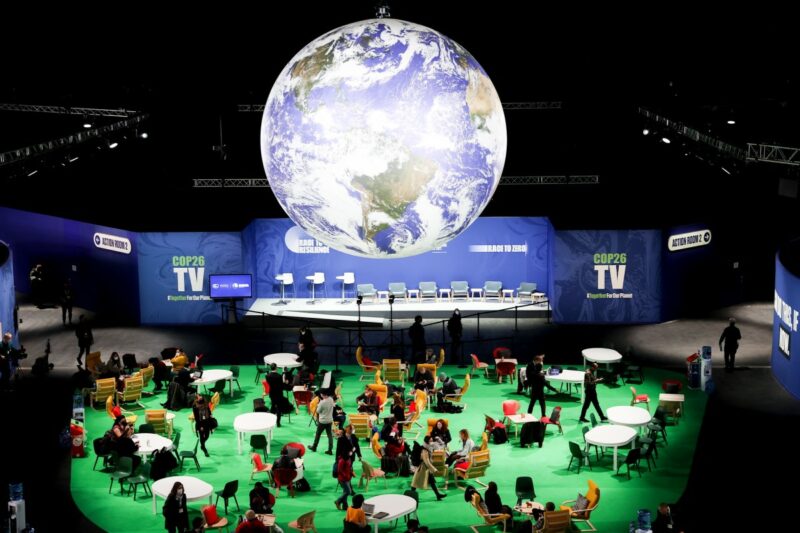Highlighted events on decarbonisation at the Denmark Pavilion
A make-or-break moment: the role of regulation in the green transition of shipping
By A.P Møller – Mærsk
Wednesday 13 November
Empowering companies to decarbonize their supply chains: Introducing the Maritime Book & Claim platform and discussing how book and claim can accelerate the maritime transition
By Fonden Mærsk Mc-Kinney Møller Center for Zero Carbon Shipping
Wednesday 13 November
Accelerating the deployment of E-fuels and the decarbonisation of hard-to-abate sectors
By Green Power Denmark
Friday 15 November
Kickstarting Power-to-X in developing countries: Financing future fuel production for global shipping
By Topsoe and Fonden Mærsk Mc-Kinney Møller Center for Zero Carbon Shipping
Saturday 16 November
The bridge: Decarbonising the shipping industry with green fuels
By MAN Energy Solutions, Danish Industry and State of Green
Monday 18 November
Find the full programme of the Denmark Pavilion
